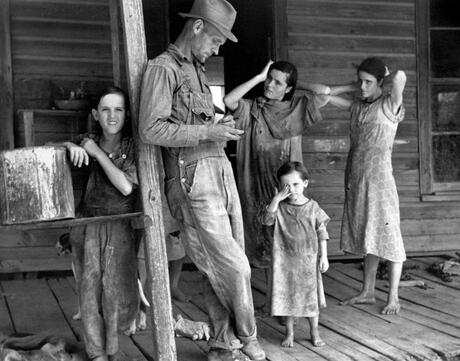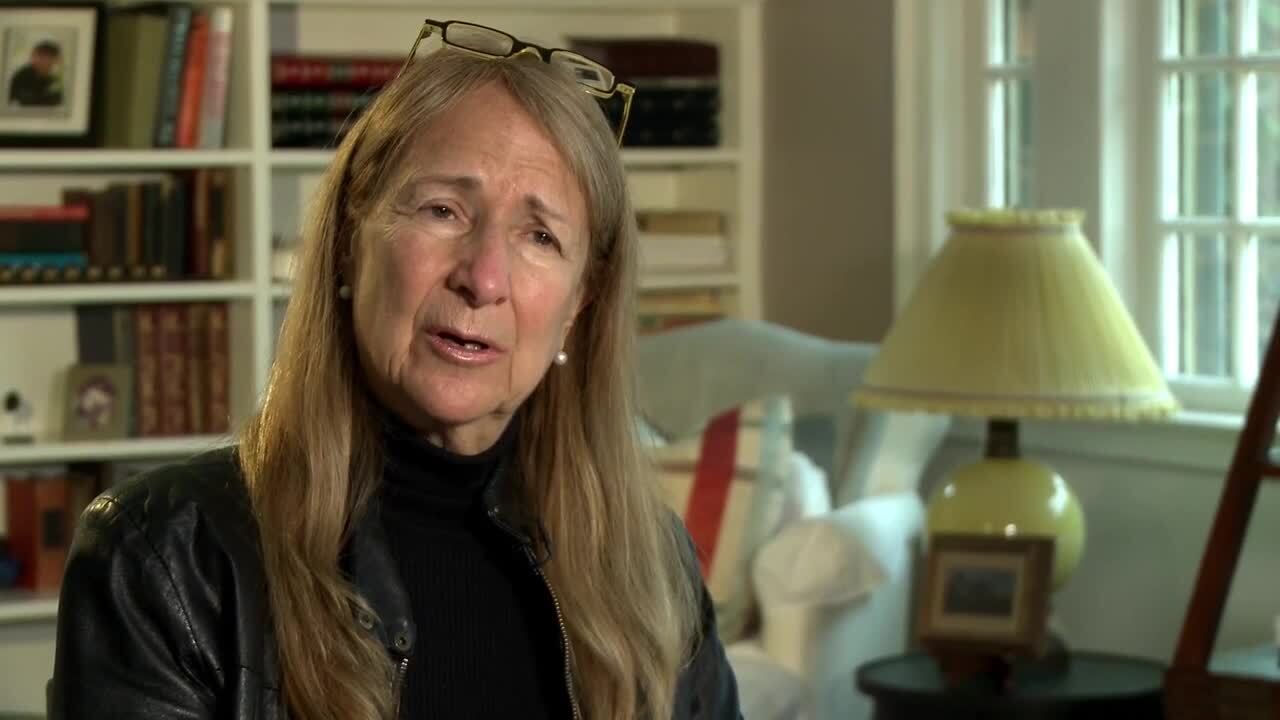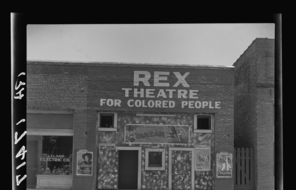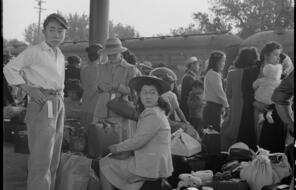
Moral Growth: A Framework for Character Analysis
At a Glance
Language
English — USSubject
- English & Language Arts
Grade
9–10- Racism
Overview
About This Lesson
Teaching Mockingbird suggests a central question around which a class’s study of Harper Lee’s novel can be organized: What factors influence our moral growth? What kinds of experiences help us learn how to judge right from wrong? As students read and reflect on the novel, they return to this question and can begin to make deeper and broader connections between the novel and their own moral and ethical lives. They begin by considering the pivotal moments in their lives that shape who they are and their senses of right and wrong. Then they analyze how the characters in To Kill A Mockingbird change over the course of the story, identifying pivotal moments in the story that influence how the characters think about morality and justice.
The complete Teaching Mockingbird guide also introduces models of moral development that have emerged from the field of developmental psychology, which students can use as the basis for even deeper character analysis.
Preparing to Teach
A Note To Teachers
Before you teach this lesson, please review the following guidance to tailor this lesson to your students’ contexts and needs.
Lesson Plans
Activities
Materials and Downloads
Moral Growth: A Framework for Character Analysis
Teaching Mockingbird Media and Readings
Maycomb's Ways: Setting as Moral Universe
Unlimited Access to Learning. More Added Every Month.
Facing History & Ourselves is designed for educators who want to help students explore identity, think critically, grow emotionally, act ethically, and participate in civic life. It’s hard work, so we’ve developed some go-to professional learning opportunities to help you along the way.
Exploring ELA Text Selection with Julia Torres
On-Demand

Working for Justice, Equity and Civic Agency in Our Schools: A Conversation with Clint Smith
On-Demand

Centering Student Voices to Build Community and Agency
On-Demand













